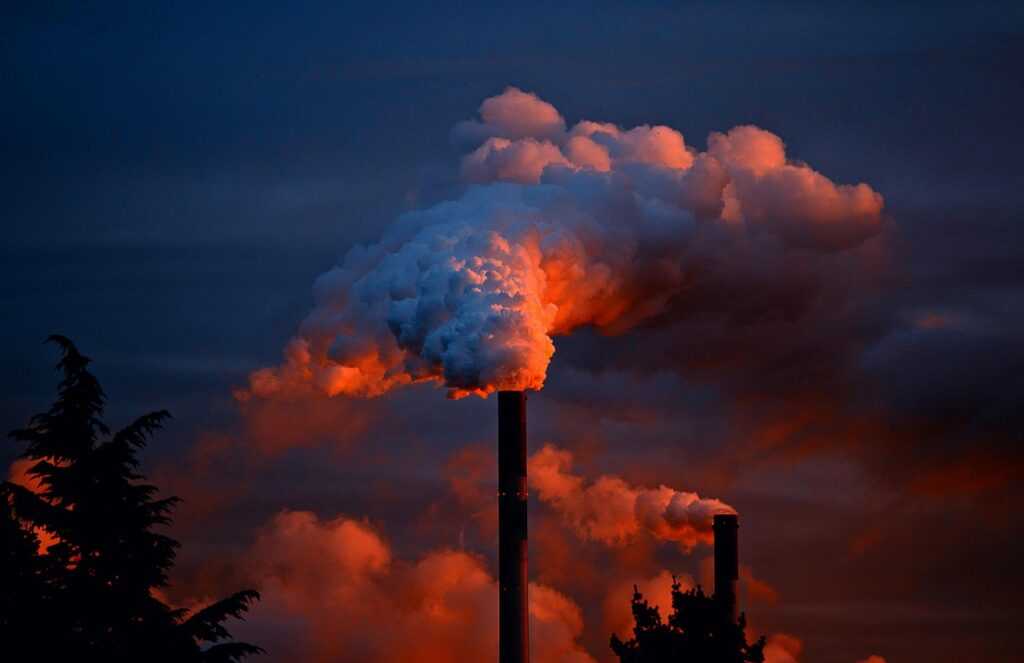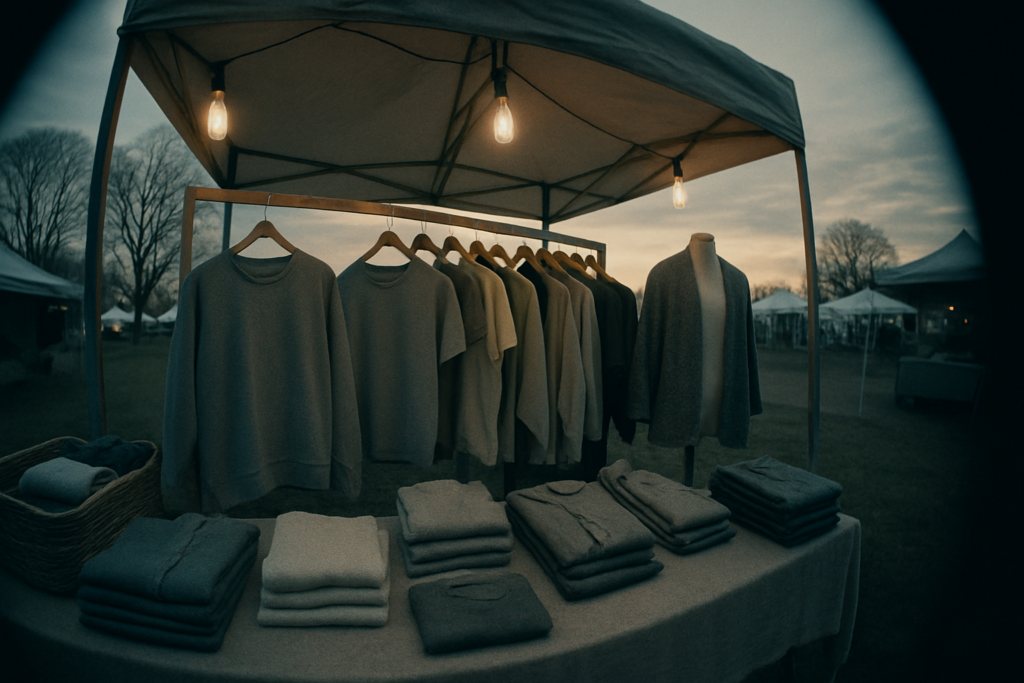The Rise of Fast Fashion
Fast fashion exploded over the past two decades. Brands capitalize on quick production and low costs to deliver trendy, affordable clothing.
Defining Fast Fashion
Fast fashion refers to a business model that replicates catwalk trends and high-fashion designs, rapidly producing them at a lower cost. This approach makes stylish clothing accessible to a broader audience.
Brands like:
- Zara
- H&M
- Forever 21
Exemplify this model by frequently updating their collections with new items. The industry thrives on speed, pumping out new collections every few weeks.
Popularity and Consumer Trends
Consumers gravitate toward fast fashion for its affordability and trendiness. Social media influence and the desire for fresh looks drive this demand. Shoppers often purchase more clothes at lower prices, leading to a cycle of frequent buying and discarding.
According to data from the Ellen MacArthur Foundation, clothing production doubled between 2000 and 2014, illustrating the surge in consumer demand. The accessibility and constant availability of new styles fuel the growth of this sector.
Environmental Concerns Linked to Fast Yashion
Fast fashion creates significant environmental concerns, influencing waste generation, water pollution, and carbon emissions.
Waste Generation and Disposal
Fast fashion generates an enormous amount of waste. Brands like Zara and H&M use low-quality materials to produce affordable clothing. Consumers discard these quickly, causing textile waste to pile up in landfills.
According to the EPA, Americans throw away 17 million tons of textile waste annually. The majority of these textiles are not biodegradable, causing long-term environmental harm.
Water Pollution and Usage
Fast fashion contributes heavily to water pollution.
- Textile factories often discharge untreated wastewater into rivers, poisoning ecosystems.
- Dyeing processes are particularly harmful, with toxins affecting water quality.
- The World Bank estimates that 20% of global industrial water pollution comes from textile dyeing.
Moreover, producing one cotton shirt requires about 2,700 liters of water, impacting water resources in arid regions.
Carbon Emissions and Energy Consumption
The carbon footprint of fast fashion is staggering. Producing and transporting clothes consume immense energy and fossil fuels. Polyester, a common material in fast fashion, requires large amounts of oil.
The UN Environment Programme states that the fashion industry accounts for 10% of global carbon emissions. This figure surpasses the emissions of international flights and maritime shipping combined.
Sustainable Alternatives in the Fashion Industry

Exploring sustainable alternatives in the fashion industry tackles the environmental impact of fast fashion. Below, I detail some key approaches.
Eco-Friendly Materials
Eco-friendly materials minimize environmental harm. Organic cotton, produced without synthetic fertilizers and pesticides, reduces soil and water contamination.
Tencel, a biodegradable fabric made from wood pulp, offers an eco-friendly alternative to traditional fibers. Recycled polyester, sourced from PET bottles, decreases waste and reduces dependency on virgin resources.
By choosing these materials, brands can reduce their ecological footprint.
Ethical Manufacturing Practices
Ethical manufacturing practices focus on fair labor and minimal environmental impact. Brands adopting these practices ensure safe working conditions and fair wages for workers.
Low-impact dyes and closed-loop water systems, which recycle water used in production, minimize pollution and resource use. Implementing renewable energy sources, like solar and wind, in factories further decreases carbon emissions.
These steps align with social responsibility and environmental stewardship.
Recycling and Upcycling Initiatives
Recycling and upcycling initiatives reduce waste and extend the lifecycle of materials.
- Brands can collect used clothing for recycling, transforming them into new garments or repurposing materials.
- Upcycling, the process of redesigning discarded items into higher-value products, fosters creativity and sustainability.
- Patagonia, for example, uses recycled materials in its products and encourages repairs.
- Such initiatives offer effective waste management and support a circular economy.
Industry and Consumer Responsibility
Fast fashion’s environmental toll demands both industry reform and consumer awareness. Addressing regulatory impacts and shifting consumer behaviors can significantly mitigate negative outcomes.
Regulatory Impacts
Governments enforce regulations to curb fast fashion’s environmental damage. The European Union, for instance, implemented chemical restrictions in textile production through REACH (Registration,
Evaluation, Authorization, and Restriction of Chemicals). This limits toxic substance usage, safeguarding water sources.
Similarly, California’s Safer Consumer Products regulations target harmful chemicals in textiles, setting a benchmark for ecological standards.
Regulations like these compel brands to adopt sustainable practices or face penalties, pushing the industry toward greener alternatives.
Changing Consumer Behaviors
Consumers’ choices heavily influence fast fashion’s demand. Shoppers embracing sustainable fashion can reduce environmental impact. For example, opting for durable, ethically-made clothing decreases waste generation.
Promoting second-hand buying and clothing swaps also supports a circular economy. Influencers like those in the sustainable fashion movement advocate for mindful consumption, encouraging others to invest in quality over quantity.
As consumers prioritize sustainability, brands respond with eco-friendly options, shifting the market toward more responsible practices.


 is the visionary founder of Eco Elegance Technique, a platform dedicated to blending sustainability with beauty and fashion. With a background in environmental science and fashion design, Lauranne has spent her career pioneering eco-friendly practices in both industries. Her work has influenced a shift towards ethical sourcing, waste reduction, and the use of organic materials. Passionate about education, she frequently speaks at conferences and works to inspire others to embrace a sustainable lifestyle.
is the visionary founder of Eco Elegance Technique, a platform dedicated to blending sustainability with beauty and fashion. With a background in environmental science and fashion design, Lauranne has spent her career pioneering eco-friendly practices in both industries. Her work has influenced a shift towards ethical sourcing, waste reduction, and the use of organic materials. Passionate about education, she frequently speaks at conferences and works to inspire others to embrace a sustainable lifestyle.
